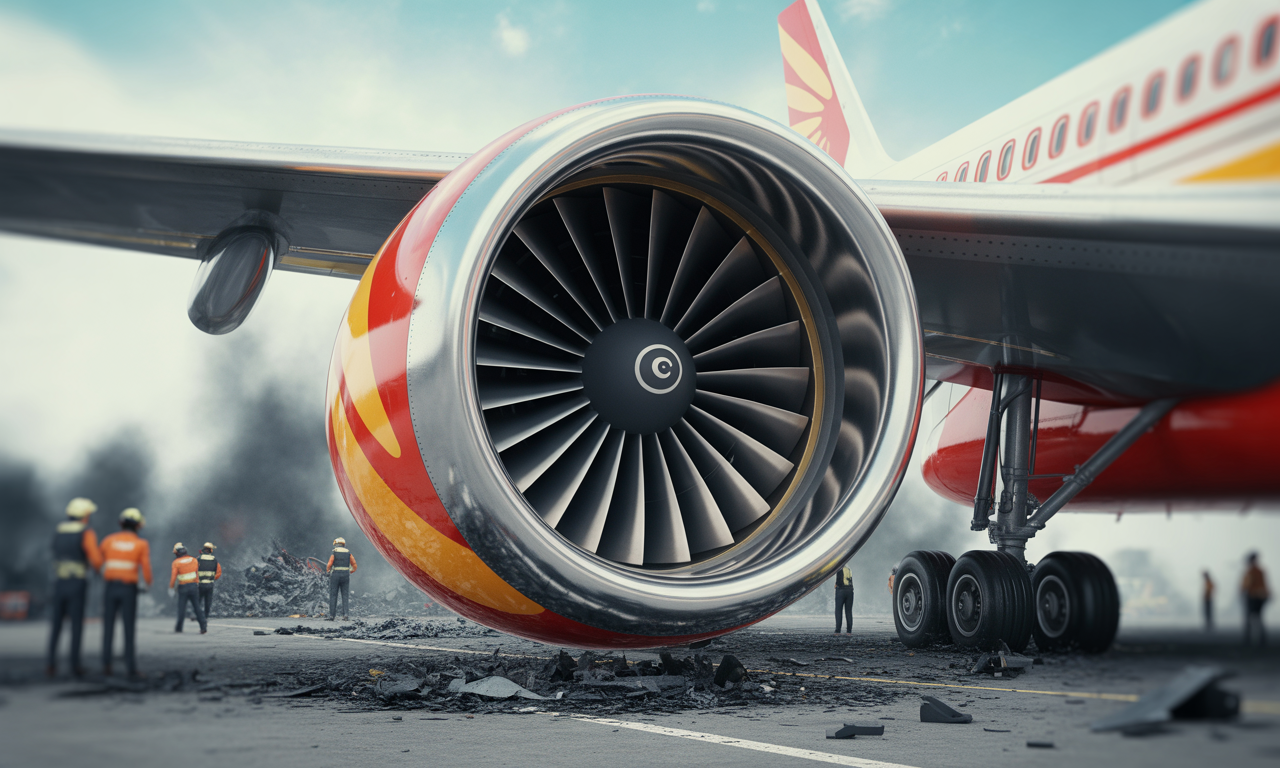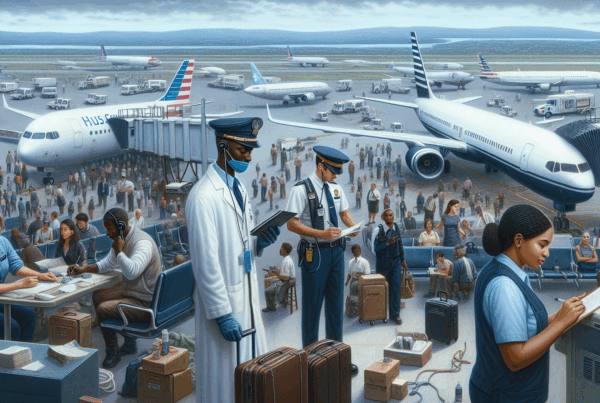The crash ofAir India led to numerous investigations to determine the precise causes of the accident. One of the major findings was that one of the engines The installed unit was brand new, demonstrating that it had been recently assembled and had not accumulated the normal wear and tear associated with operation. This discovery immediately ruled out certain age-related mechanical failure scenarios, and highlighted other factors that could have contributed to the incident. Investigations are now focusing on other technical and organizational elements, in order to deduce the true origin of this air tragedy. The results are still uncertain.
The tragic incident involving flight AI171 has raised many questions in the community. aeronautics. Initial findings indicated that one of the carrier's two brand-new engines was behaving abnormally at the critical moment of flight. This discovery raises questions about maintenance methods and the possible impact of malfunctions in new systems on flight safety.
Initial technical analyses
Right from the start of the investigation, the experts paid particular attention to the reliability of the engines. The fact that one of them was brand-new does not appear to have guaranteed optimum performance under the demanding conditions of flight. Aeronautical engineers observe that even the latest equipment can suffer unexpected failures, requiring constant vigilance during technical checks before take-off.
Further information on other incidents involving technical failures in the aviation sector can be found at comparable cases which highlight the importance of rigorous maintenance and analysis of emergency situations.
Implications for aircraft maintenance
The incident highlighted the importance of rigorous monitoring of the condition of both old and new engines. The data collected during the investigation reveals that even the most modern technologies are not risk-free. Thus, despite the apparent novelty of the engine, a series of factors, such as environmental damage or errors in maintenance procedures, could be to blame.
The situation is reminiscent of other landmark events in aviation history, such as major incidents which led to an overhaul of safety and maintenance standards in the sector.
The challenges of in-flight safety
The recent discovery of a faulty new engine is a stark reminder that the flight safety depends on multiple factors. Beyond the quality of aircraft components, it is the entire monitoring process, from initial inspection to real-time incident management, that determines the level of safety offered to passengers.
Rigorous verification procedures, including the use of state-of-the-art equipment, are essential to anticipate and, where necessary, prevent similar accidents. For a more in-depth look at the issues surrounding flight recorders and personnel failures in control towers, an in-depth overview is available in other incident reports.
A look back at critical management and the aftermath of the incident
Ongoing investigations are not limited to technical aspects, but also extend to crisis management within the industry. The speed with which some comments and feedback have been circulated is testament to the importance of transparent communication, particularly when a major incident occurs. Readers have the opportunity to participate in discussions and leave comments, while benefiting from a clear and unambiguous instant publishing to guarantee total transparency in the analysis of the facts.
In addition, similar incidents and their follow-up have recently been the subject of parliamentary inquiries, such as setting up a commission of inquiry in order to understand systemic malfunctions and improve the safety of all flights.
At the same time, situations where maintenance or emergency management have been criticized are also analyzed. Another example is highlighted in a tragic incident which encouraged airlines to review their safety protocols and control mechanisms.

Technical comparison
| Aspect | Observation |
|---|---|
| Physical condition | The engine was brand-new and no signs of wear. |
| Usage history | No significant flight hours had been accumulated. |
| Expected performance | Its novelty guaranteed optimum performance under standard conditions. |
| Recent maintenance | Recent technical checks confirmed its impeccable condition. |
| Quality control | The engine met the high standards of the aerospace industry. |
| Post-incident examination | Technical analysis focused on factors other than engine failure. |
| Comparison with used engines | Unlike other engines, it showed no signs of material fatigue. |
| Theoretical reliability | High reliability was expected thanks to its latest maintenance. |
| Impact on the survey | Its new condition points to other contributing factors. |
| Industrial consequences | The situation calls into question the effectiveness of control procedures, even for new equipment. |




